In its original form, the diamond has a rather insignificant appearance, cloudy, with altered sides. In order to bring out its brilliance, it is necessary to cut the diamond, i.e. give it a specific shape and then polish it. Cutting and polishing a diamond is a balancing act between art and science and requires skilled craftspeople of different specialties to achieve the best result.
The design in which the diamond will be cut is influenced by several factors, such as the shape of the uncut diamond, internal flaws, if any, the preservation of as many carats as possible, and of course the fashion and popularity of certain designs.
Polishing the diamond and creating symmetrical flat surfaces are essential in bringing out the diamond's hidden beauty. Creating symmetrical surfaces allows light to pass through the diamond and be reflected giving diamonds their characteristic sparkle. The popularity of various cuts is influenced to a large extent by fashion and that is why over the centuries some cuts have ceased to be used by jewellers while other cuts continue to be extremely popular.
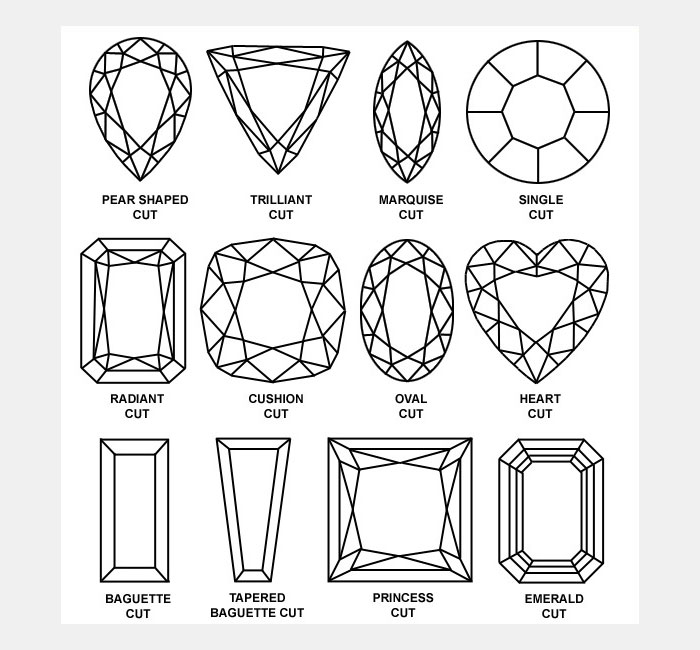
Brilliant or Round Brilliant Cut
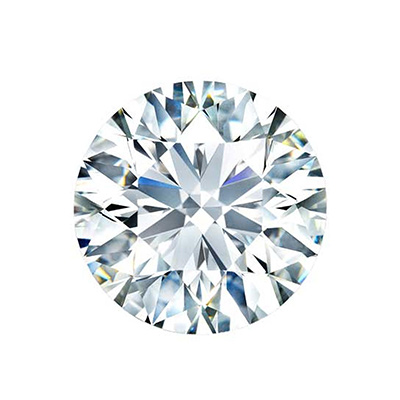 It came into fashion in 1919 and to this day remains the most popular diamond cut design and is often found in engagement rings. Its shape resembles that of a cone and with its 58 surfaces, it offers the maximum possible light reflection and wonderful visual effects.
It came into fashion in 1919 and to this day remains the most popular diamond cut design and is often found in engagement rings. Its shape resembles that of a cone and with its 58 surfaces, it offers the maximum possible light reflection and wonderful visual effects.
Princess Cut Diamond
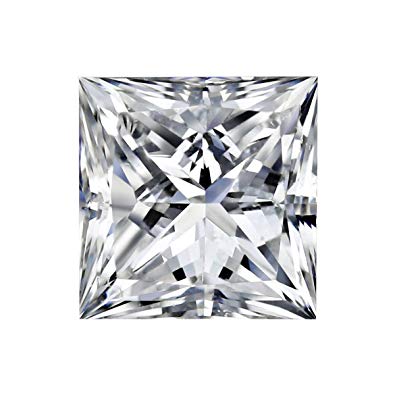 The Princess cut design is a relatively new design, having only come into use in the 1960s. However, it has become extremely popular in recent years and is often chosen for engagement rings. It has a square or rectangular shape with pointed corners and like the brilliant round cut, it has 58 surfaces.
The Princess cut design is a relatively new design, having only come into use in the 1960s. However, it has become extremely popular in recent years and is often chosen for engagement rings. It has a square or rectangular shape with pointed corners and like the brilliant round cut, it has 58 surfaces.
Cushion Cut
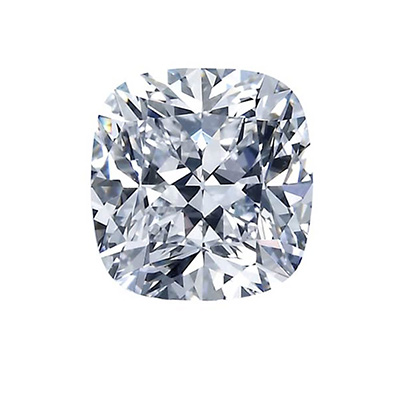 This is one of the oldest diamond cut designs, having been used for the last 200 years or so. In the 19th century, in particular, the cushion diamond cut was the main way diamonds were cut, which is why most jewellery from this era carries cushion-cut diamonds. The cushion-cut diamond is a square cut with rounded edges.
This is one of the oldest diamond cut designs, having been used for the last 200 years or so. In the 19th century, in particular, the cushion diamond cut was the main way diamonds were cut, which is why most jewellery from this era carries cushion-cut diamonds. The cushion-cut diamond is a square cut with rounded edges.
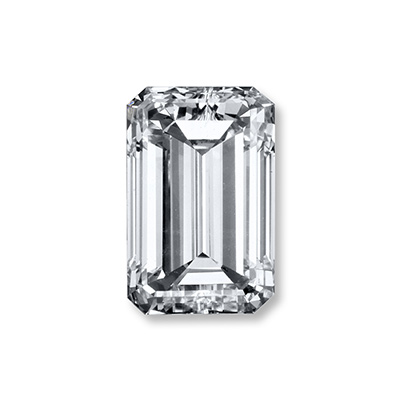 Emerald Cut Diamond
Emerald Cut Diamond
The emerald cut design has become very popular in recent years. This particular diamond cut design may not offer the brilliance of a brilliant diamond, but it is very elegant and glamorous. Also, the emerald cut design makes the diamond appear larger and the fingers slimmer.
Heart Cut
 Heart-cut diamonds are mainly used in necklaces and rings and are considered the ultimate symbol of love. It was first used in the 16th century but it is not very common nowadays.
Heart-cut diamonds are mainly used in necklaces and rings and are considered the ultimate symbol of love. It was first used in the 16th century but it is not very common nowadays.
Marquise Cut
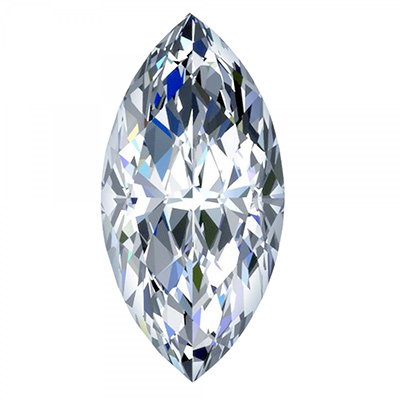 In the Marquise cut the diamond is cut into an elliptical shape with pointed edges. It is one of the designs, that makes the diamond appear larger (compared to diamonds of the same carat cut in another design) and the fingers appear longer and thinner.
In the Marquise cut the diamond is cut into an elliptical shape with pointed edges. It is one of the designs, that makes the diamond appear larger (compared to diamonds of the same carat cut in another design) and the fingers appear longer and thinner.
Asscher Cut
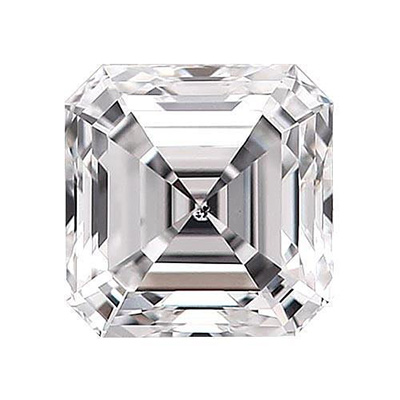 The Asscher diamond cut was first used in 1902 and has been used in one of the largest diamonds in the world, the Cullinan at 3,106 carats. The design reached its peak in 1920 and then its demand began to decline. Since the beginning of this century, the Asscher design has been revived by jewelry designers, mostly with small variations on the design, which allow it to have more sparkle.
The Asscher diamond cut was first used in 1902 and has been used in one of the largest diamonds in the world, the Cullinan at 3,106 carats. The design reached its peak in 1920 and then its demand began to decline. Since the beginning of this century, the Asscher design has been revived by jewelry designers, mostly with small variations on the design, which allow it to have more sparkle.
Oval Cut Diamond
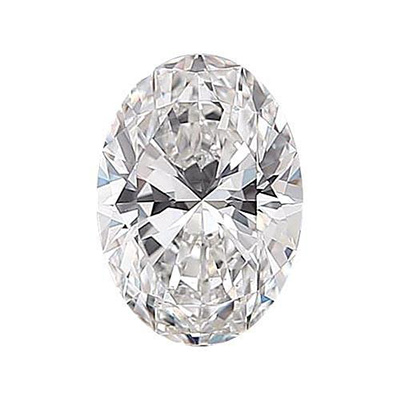 he Oval cut design is a modern design and is considered a combination of the Brilliant and Pear cut designs. Many women choose the Oval design for rings because this design makes the diamond appear larger and the fingers appear slimmer and longer.
he Oval cut design is a modern design and is considered a combination of the Brilliant and Pear cut designs. Many women choose the Oval design for rings because this design makes the diamond appear larger and the fingers appear slimmer and longer.
Pear or Poire Cut
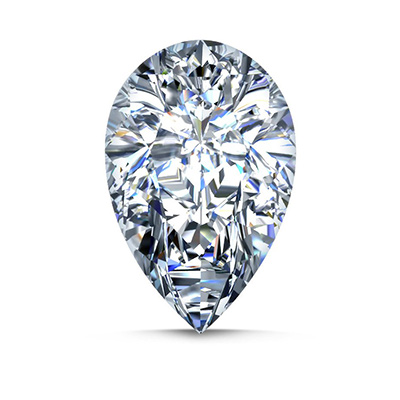 The Pear diamond design is a combination of the Brilliant and the Marquise cut. Pear-cut diamonds have been around since the 15th century, while the current design, which is a variation of the older one, has been around since the 18th century. It is usually chosen for earrings, but also for rings, because it is another cut that makes the finger look longer and slimmer.
The Pear diamond design is a combination of the Brilliant and the Marquise cut. Pear-cut diamonds have been around since the 15th century, while the current design, which is a variation of the older one, has been around since the 18th century. It is usually chosen for earrings, but also for rings, because it is another cut that makes the finger look longer and slimmer.
Radiant Cut
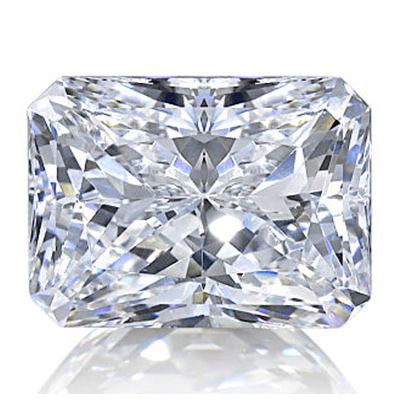 The Radiant cut diamond is the modern version of the Cushion, as only in the last 20 years or so have jewellery designs been using radiant cut diamonds in their jewellery creations. The two patterns are similar because they are both parallelograms but the Radiant Cut has cut corners and 70 faces instead of 58 which gives it even more sparkle.
The Radiant cut diamond is the modern version of the Cushion, as only in the last 20 years or so have jewellery designs been using radiant cut diamonds in their jewellery creations. The two patterns are similar because they are both parallelograms but the Radiant Cut has cut corners and 70 faces instead of 58 which gives it even more sparkle.
Diamond cut is one of the four factors that affect the final value of the gemstone, with the other three factors being color, clarity, and carat.